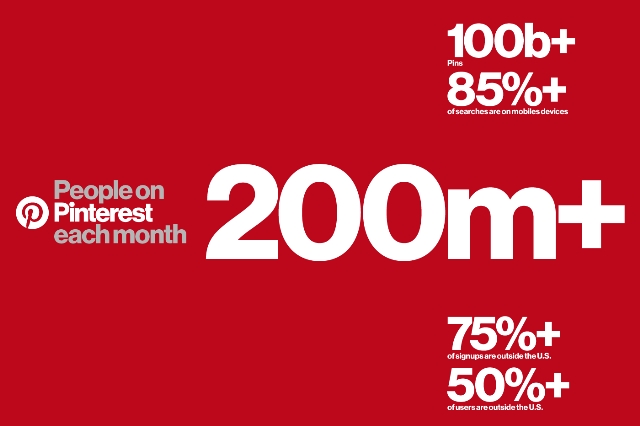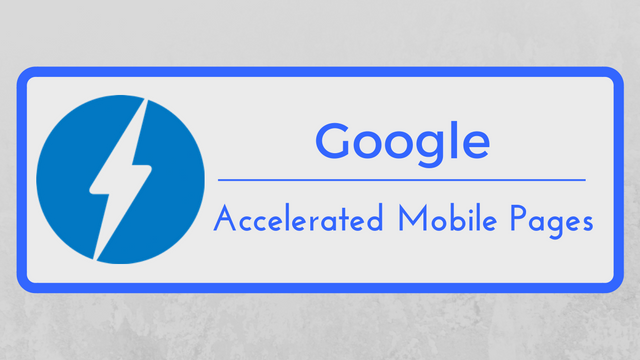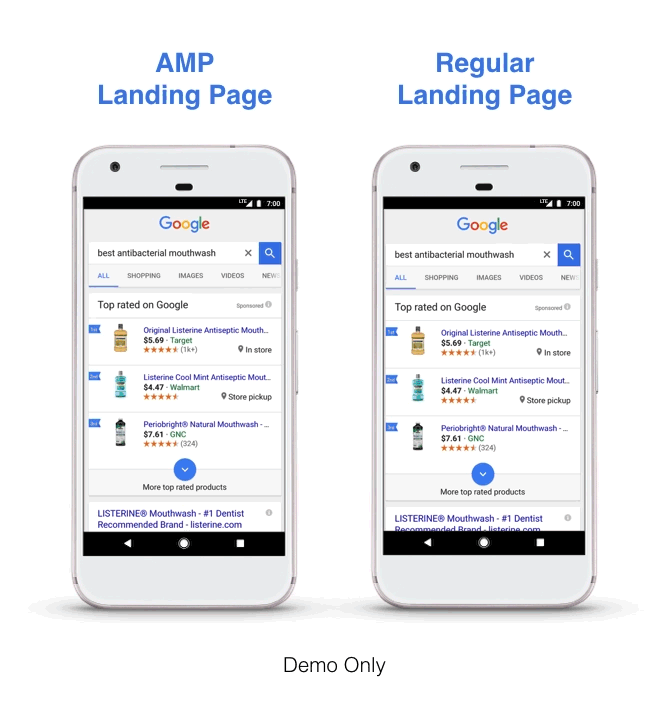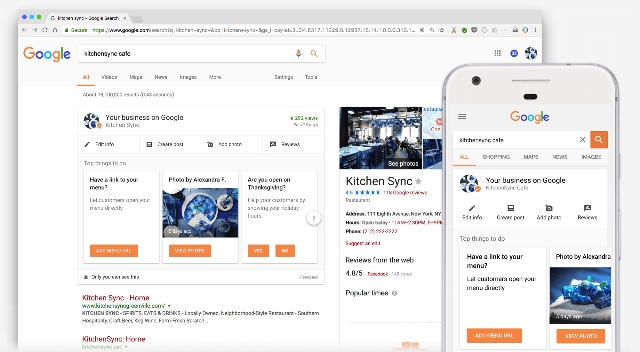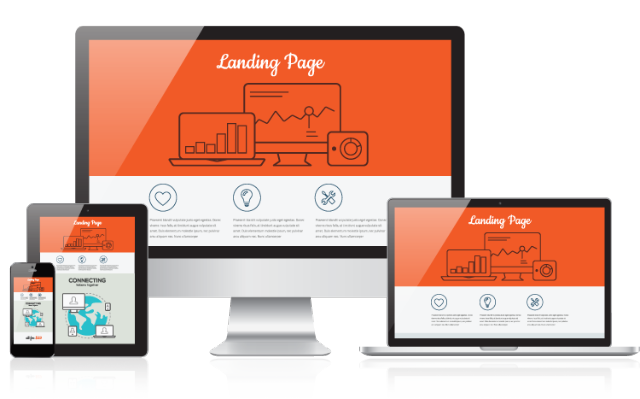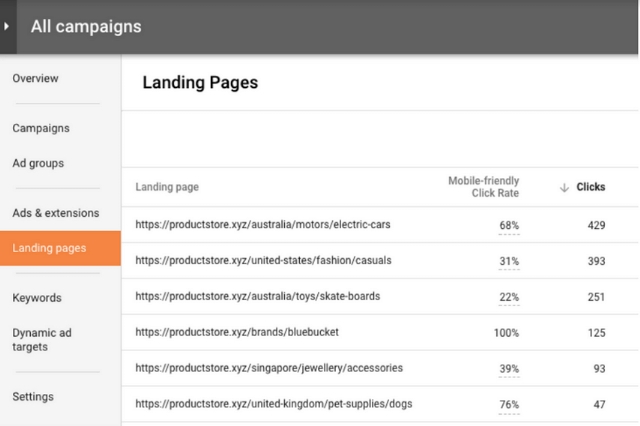
Since its creation, Twitter has been defined by one simple thing. No, not memes, politics, or the platform’s ability to spread information faster than even the biggest news networks. The hallmark trait of the social media service has always been its 140-character limit.
This week, Twitter announced that could change very soon as the company has begun testing tweets that are twice as long. A small group of randomly chosen users from around the globe have been given the ability to create tweets with up to 280-characters.
As co-founder Jack Dorsey said in a tweet announcing the test:
This is a small change, but a big move for us. 140 was an arbitrary choice based on the 160 character SMS limit. Proud of how thoughtful the team has been in solving a real problem people have when trying to tweet. And at the same time maintaining our brevity, speed, and essence! https://t.co/TuHj51MsTu
— jack (@jack) September 26, 2017
“This is a small change, but a big move for us. 140 was an arbitrary choice based on the 160 character SMS limit. Proud of how thoughtful the team has been in solving a real problem people have when trying to tweet. And at the same time maintaining our brevity, speed, and essence!”
Of course, this isn’t the first time Twitter has experimented with super-sized tweets. The company made major waves early last year when news broke that Twitter was considering expanding tweets well beyond 140 or even 280-characters. At the time, it was rumored Twitter was considering lengthening tweets up to 10,000 characters, though the idea was eventually discarded.
The big question is whether users will actually come to like the longer tweets and if it encourages more conversation. The early reaction is somewhat hostile from users who say that removing the need for brevity doesn’t actually equate to saying more.
https://twitter.com/brianrbarone/status/912788388150960130
Given that Twitter users are largely protective of the restraints they’ve come to love, the strong reaction isn’t necessarily a surprise and may not be indicative of the long-term response. While many users complain about longer tweets, a number of determined users have found workarounds so that they can get in on the 280-character party even if they weren’t selected for the limited beta test group.
The decision to expand tweets could also remove the need for old Twitter customs where users would share screenshots of longer texts as pictures or share several related tweets as a “tweet chain” or “tweetstorm”.
The 280-character limit is a terrible idea. The whole beauty of Twitter is that it forces you to express your ideas concisely (1/47)
— James Poniewozik (@poniewozik) September 26, 2017
Ultimately, we will all just have to sit back and wait to see whether the 280-character limit catches on or if it is just another Twitter experiment that will fade into the ether.

